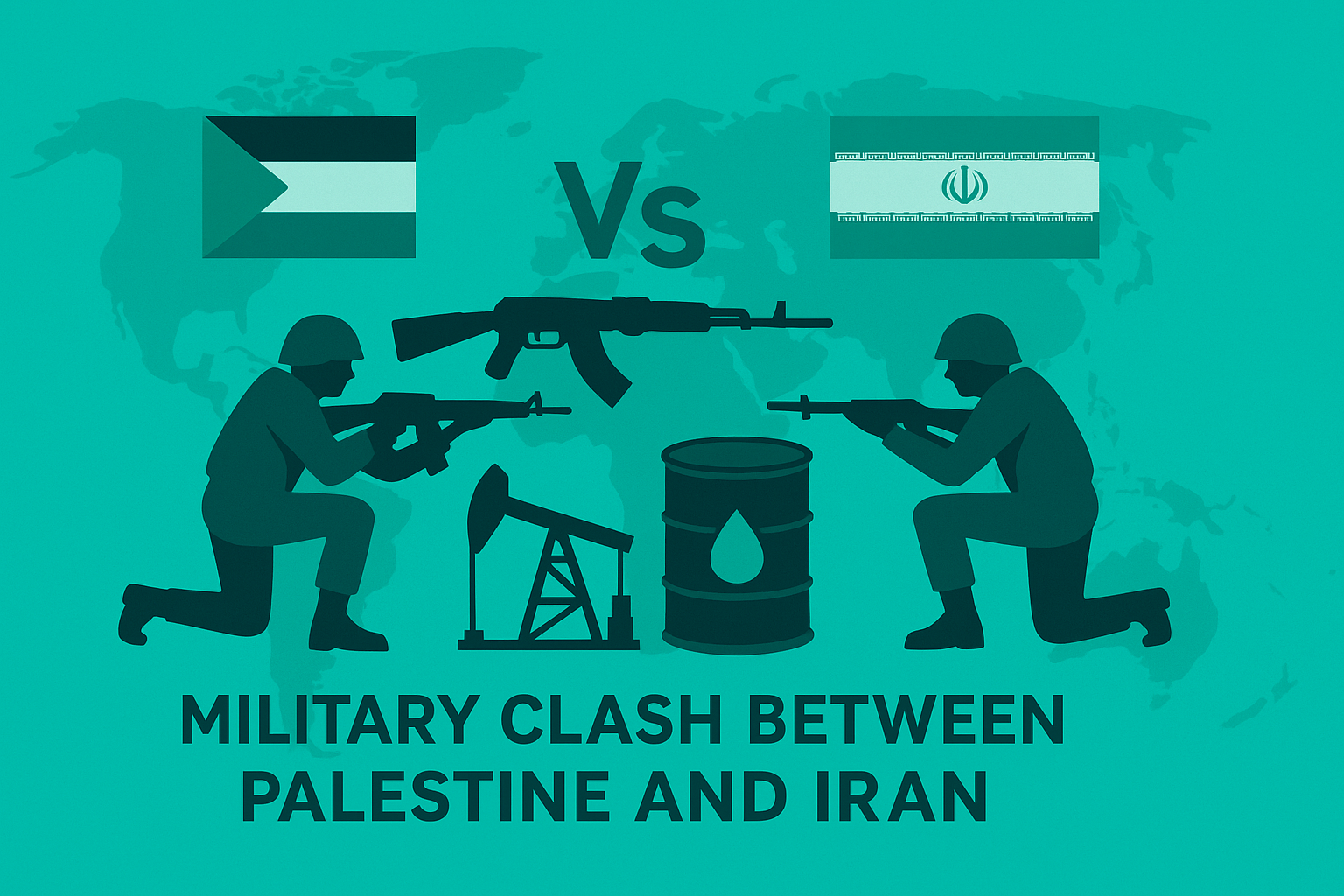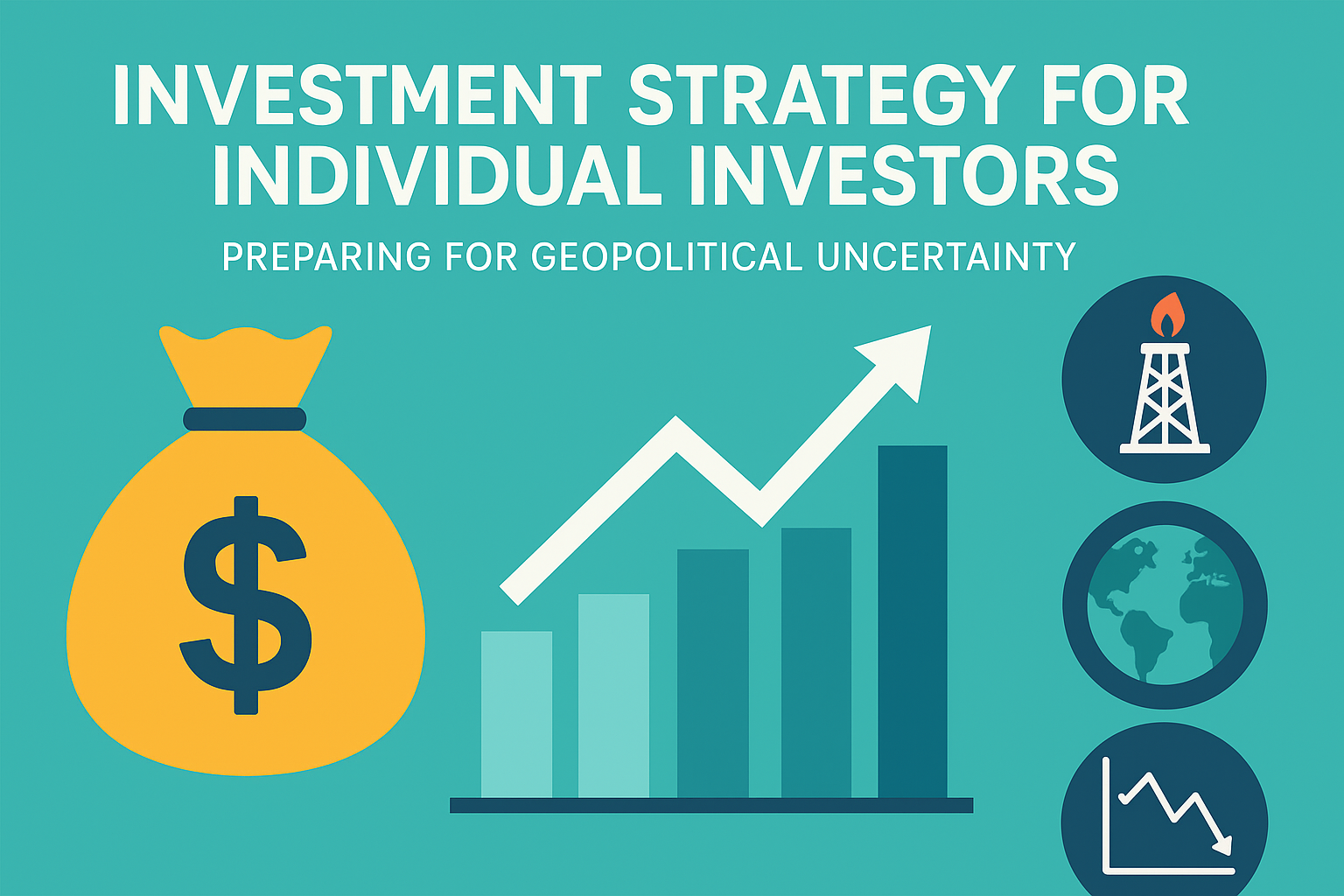June 2025 | Keigo Shibata, Senior Economist
The June 2025 military clash between Palestinian armed factions and Iranian-supported groups represents far more than a localized conflict—it signals a critical inflection point for global energy markets and Japan’s economic security. This comprehensive analysis by Senior Economist Keigo Shibata examines the multi-layered geopolitical dynamics behind the confrontation, triggered by Israel’s preemptive strikes on Iranian nuclear facilities. With Japan importing 88% of its crude oil from the Middle East, the report reveals how regional instability could drive oil prices to $110-120 per barrel, potentially worsening Japan’s trade balance by over ¥1 trillion annually.
Executive Summary
In June 2025, a military clash erupted between Palestinian armed factions and Iranian-supported groups. While the event appears to be a localized confrontation, it must be understood as part of a broader geopolitical conflict involving Iran, Israel, the U.S., and Gulf nations. This report analyzes the strategic layers behind the confrontation and examines the impact of Middle Eastern instability on Japan’s economy, particularly in four key areas: energy costs, monetary policy, currency volatility, and investment climate. The findings suggest that Japan must urgently reassess its dual strategy of energy dependence and economic security in light of rising global risks.
1. Strategic Background: A Proxy Conflict in Layers
1.1 The Multi-Layered Nature of the Clash
The conflict is not a conventional war between Iran and Palestine, but rather an escalation of tensions between Iran and Israel, with Palestinian territories serving as strategic proxies. Three overlapping dimensions are critical:
- Regional Power Struggle: Iran (Shia bloc) vs. Saudi Arabia and Israel (Sunni-Western bloc)
- Governance Vacuum in Palestine: Fragmentation among factions, with external influences
- U.S. Retrenchment: A partial rollback of U.S. engagement under Trump’s administration, creating power vacuums
1.2 The Trigger: Israeli Preemptive Strikes
Israel’s preemptive strike on Iranian nuclear facilities in early June 2025 escalated tensions dramatically. In retaliation, Iran intensified coordination with regional militias. However, operational misalignments and factional interests within Palestine appear to have led to an unintended military clash.
2. Economic Impact on Japan
2.1 Rising Energy Costs
- Japan imports nearly 88% of its crude oil from the Middle East, according to METI (2024).
- A threat to the Hormuz Strait, through which one-third of the world’s oil passes, could drive crude oil prices to $110–$120 per barrel.
- Every $10 rise in oil prices could worsen Japan’s trade balance by over ¥1 trillion ($6.5B) annually.
| Scenario | Oil Price | CPI Impact (Japan) | Sectoral Risk |
|---|---|---|---|
| Stable Continuation | $80 | +0.4% | Minimal |
| Regional Escalation | $110 | +1.2% | Transportation, Industry |
| Strait Disruption | $140 | +2.0% or more | Nationwide inflation spike |
2.2 Monetary Policy Dilemma
- Higher oil prices exert cost-push inflation, yet Japan’s real wage growth remains stagnant.
- Raising interest rates would cool corporate lending, while maintaining low rates could fuel further yen depreciation and import inflation.
- The Bank of Japan faces a strategic bind, requiring a delicate balance between price stability and economic momentum.
2.3 Currency Volatility
- Traditionally, geopolitical risk leads to a “flight to the yen” (safe-haven effect).
- However, Japan’s current account may deteriorate, weakening the yen.
- After the June 2025 strike, USD/JPY briefly dropped from 152 to 149, signaling fragile market psychology.
2.4 Investment and Market Confidence
- Global investors are shifting to safe-haven assets (U.S. Treasuries, gold).
- The Nikkei Index may correct by over 1,000 points if oil and FX volatility persist.
- Energy-intensive sectors (e.g., industrials, logistics) are particularly vulnerable.
3. Strategic Recommendations for Japan
| Domain | Strategic Actions |
|---|---|
| Energy | Diversify LNG sources, accelerate renewables, utilize national oil reserves more flexibly |
| Currency & Finance | Partner with hedge funds for FX volatility hedging, upgrade corporate risk management systems |
| International Alliances | Strengthen G7 and Indo-Pacific energy security cooperation frameworks |
| Investment Strategy | Shift portfolios toward energy equities, gold mining stocks, and commodity ETFs |
Conclusion
The recent conflict between Palestine and Iranian-linked forces reflects not merely a localized flashpoint, but a broader unraveling of geopolitical and resource-security frameworks. For Japan, the implications are clear: a 21st-century economy built on imported fossil fuels and export-led manufacturing must adapt to systemic shocks through structural resilience. Strategic foresight, diversified risk hedging, and diplomatic agility will define the nation’s economic trajectory in this new era of volatility.
References
- Ministry of Economy, Trade and Industry (METI), Energy White Paper 2024
- International Energy Agency (IEA), World Energy Outlook 2024
- Bloomberg, Reuters, Al Jazeera Reports (June 2025)
- Bank of Japan, Outlook for Economic Activity and Prices, April 2025


